Table of contents

The Portuguese tile is an ancient coating that has returned to the trend of interior designers and architects. Widely used in facades that preserve tradition and history, the pieces have taken over walls, furniture and even decorative objects. The basic colors are blue and white, but today there are other color options. To learn how to use the item in your home, see tips and photosbelow!
What is the origin of Portuguese tiles?
Inspired by old porcelain tiles and drawings with geometric shapes, arabesques, floral or painted scenes, the Portuguese tile brings lightness and a touch of refinement to the environment.
Using tiles in decoration is part of an old tradition in Europe, especially in Portugal, and was introduced by the Arabs. The aesthetic of the colors, in turn, is influenced by the blue and white Chinese tableware, brought by the Portuguese after sailing through the Orient.
In Brazil, tiles have gained strength in architecture, especially in kitchen and bathroom lining, thanks to its waterproofing quality and low cost. The architect and urban planner from Vigore Architecture, Carla Garbin, also remembers the hydraulic tile, which has a style very similar to the Portuguese tile.first ended up calling the Portuguese tile a style and not a material per se," he explains.
Where to use Portuguese tile
Although the application started in humid environments such as kitchens, bathrooms, and service areas, the pattern can be present in every environment of the house: it just depends on your imagination. It is possible to apply the Portuguese tile in traditional rooms, indoors and outdoors, and also in decorative pieces. See more details:
Kitchens
The kitchen is one of the easiest rooms to customize with Portuguese tile, after all it is where it all began. Besides, tile is already part of the kitchens when it comes to covering and decorating. You can use an entire wall, if you want to add depth to the environment, or choose a specific space to apply it. The most common, in this case, is the part of the wall between the counterof the sink and the cabinets above.
"In the kitchen, the main function is to protect the wet areas, where grease can accumulate, but there is no rule for its application. Its use ended up becoming very decorative, gaining space in other areas such as empty walls, countertops, and even on the floor, where it is necessary to pay attention to its resistance. Everything depends on the creativity and taste of each person," says the architect.
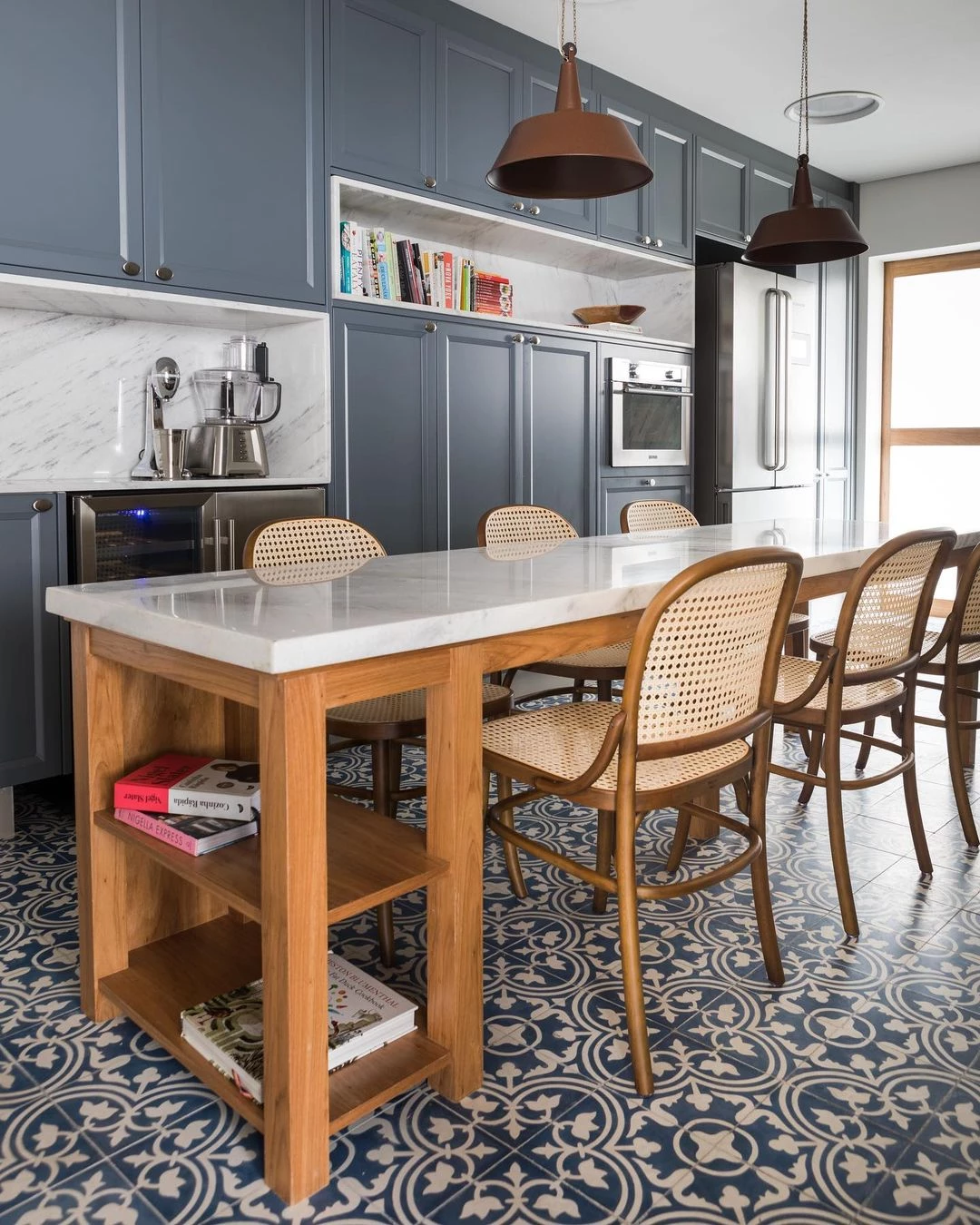


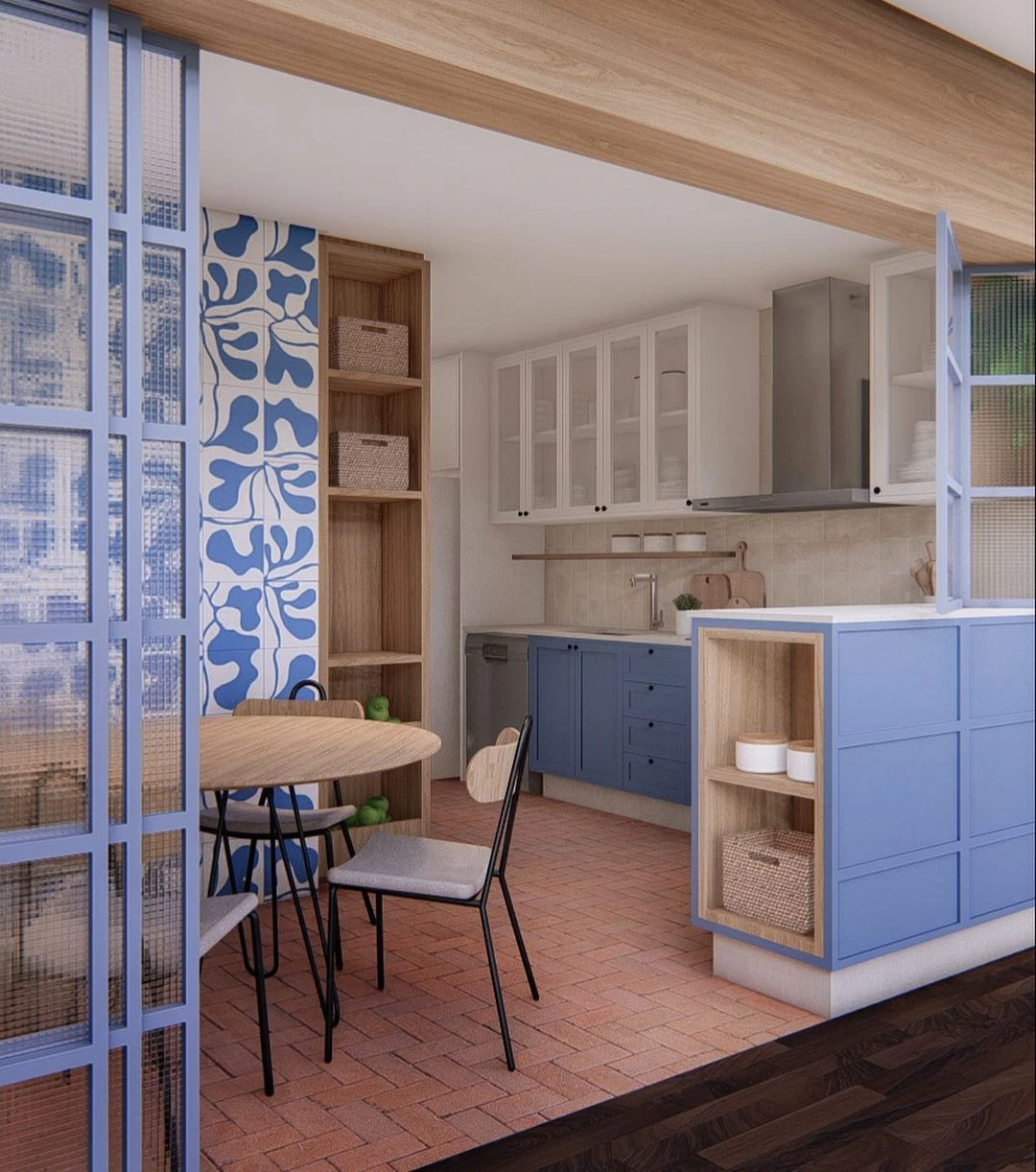




Photo: Reproduction / Blog Oficina de Arquitetura BH
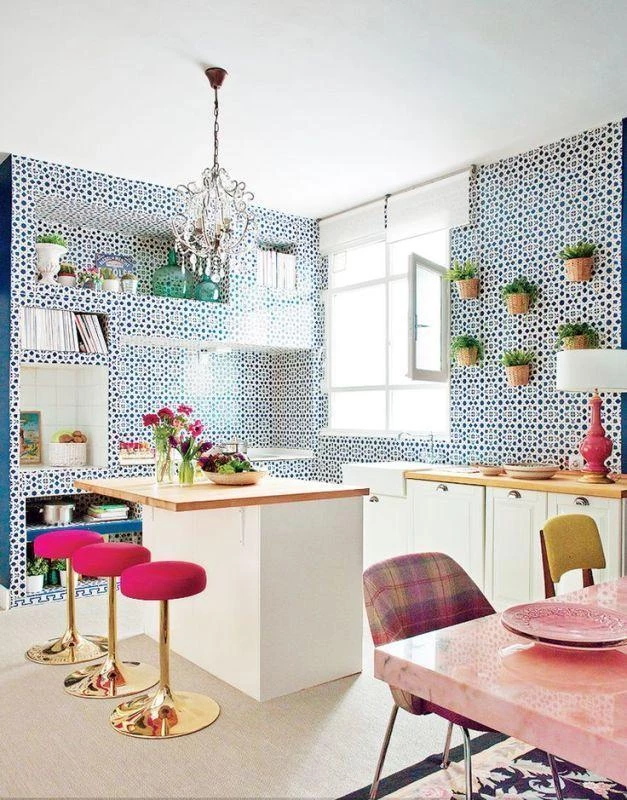
Photo: Reproduction / Domainehome

Photo: Reproduction / The Cement Tile Blog
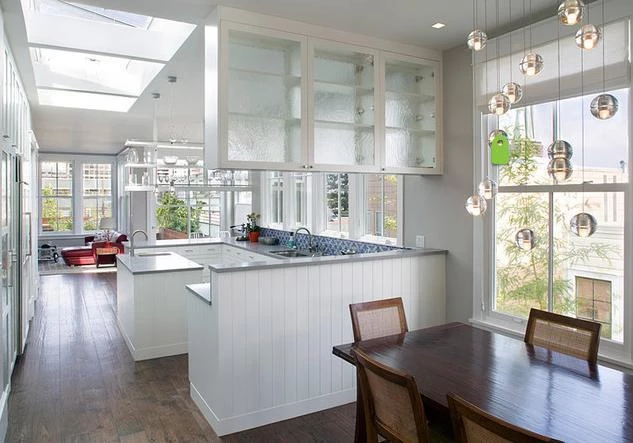
Photo: Reproduction / Feldman Architecture

Photo: Reproduction / Walker Zanger
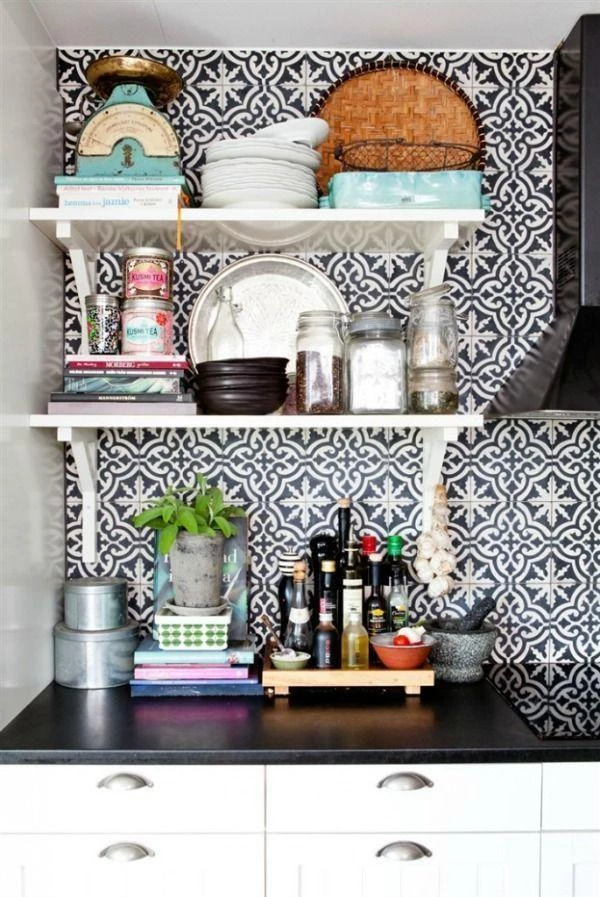
Photo: Reproduction / Rondom Stijl
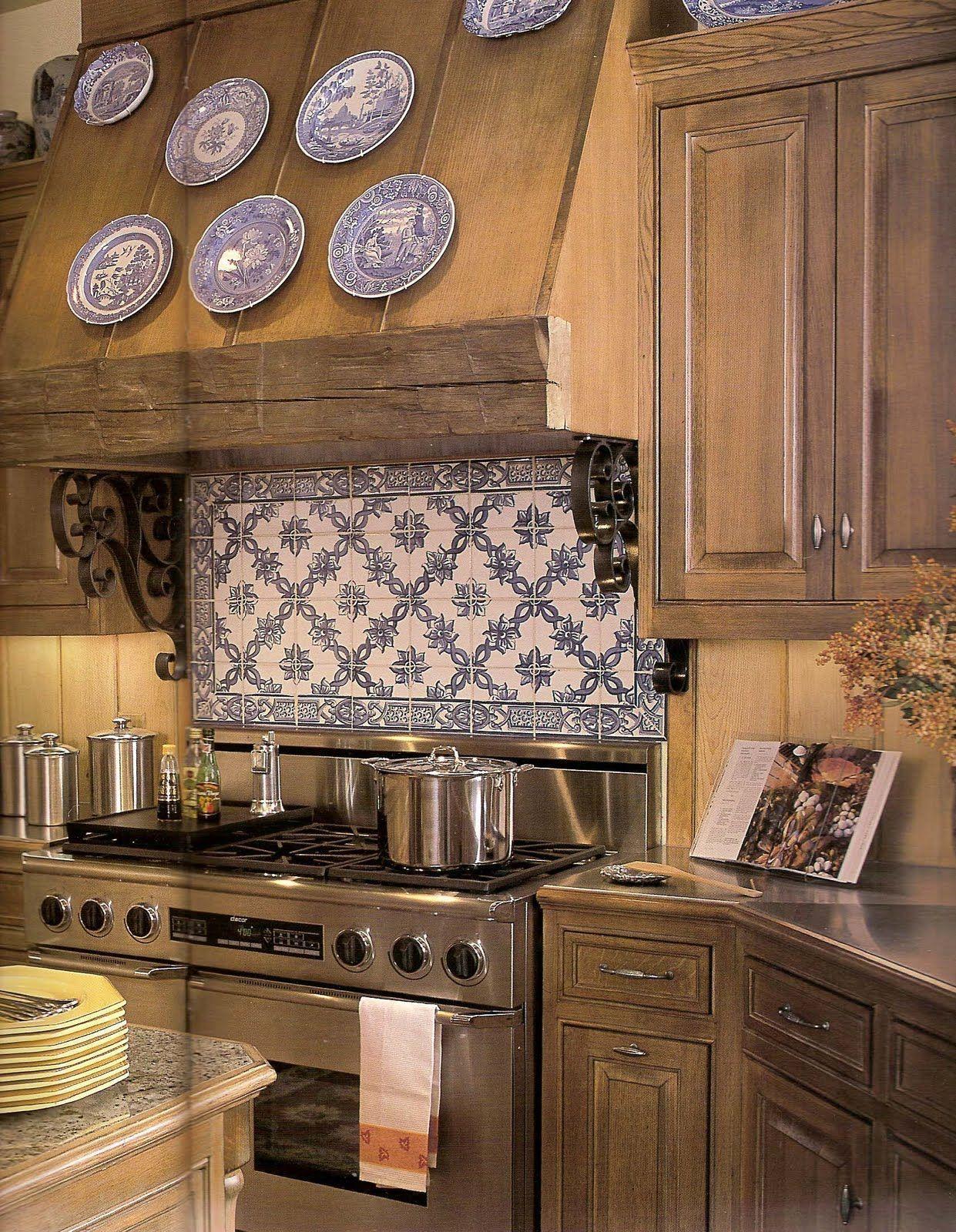
Photo: Reproduction / Picture of Elegance

Photo: Reproduction / Walker Zanger
See_also: Types of orchids: know 23 species to decorate your homeBathrooms
The bathroom is another room that has a tradition of using tile: "The tile, which once protected the wall from the water in the tub and shower area, now has the power to embellish the environment. In general, bathrooms are smaller spaces than other rooms of the house, so the use of Portuguese tile must be the right measure so as not to weigh down the environment too much. It looks nice in details, inone or two walls or in strips", Carla Garbin teaches.
The Portuguese pattern can compose the visual in a more neutral way, avoiding the traditional combination of blue and white, depending on the color of the bathroom. Another option is to use colors similar to those found on the countertop; on the wall, if it is a detail of the composition; and on the other furniture and/or objects arranged in the environment.
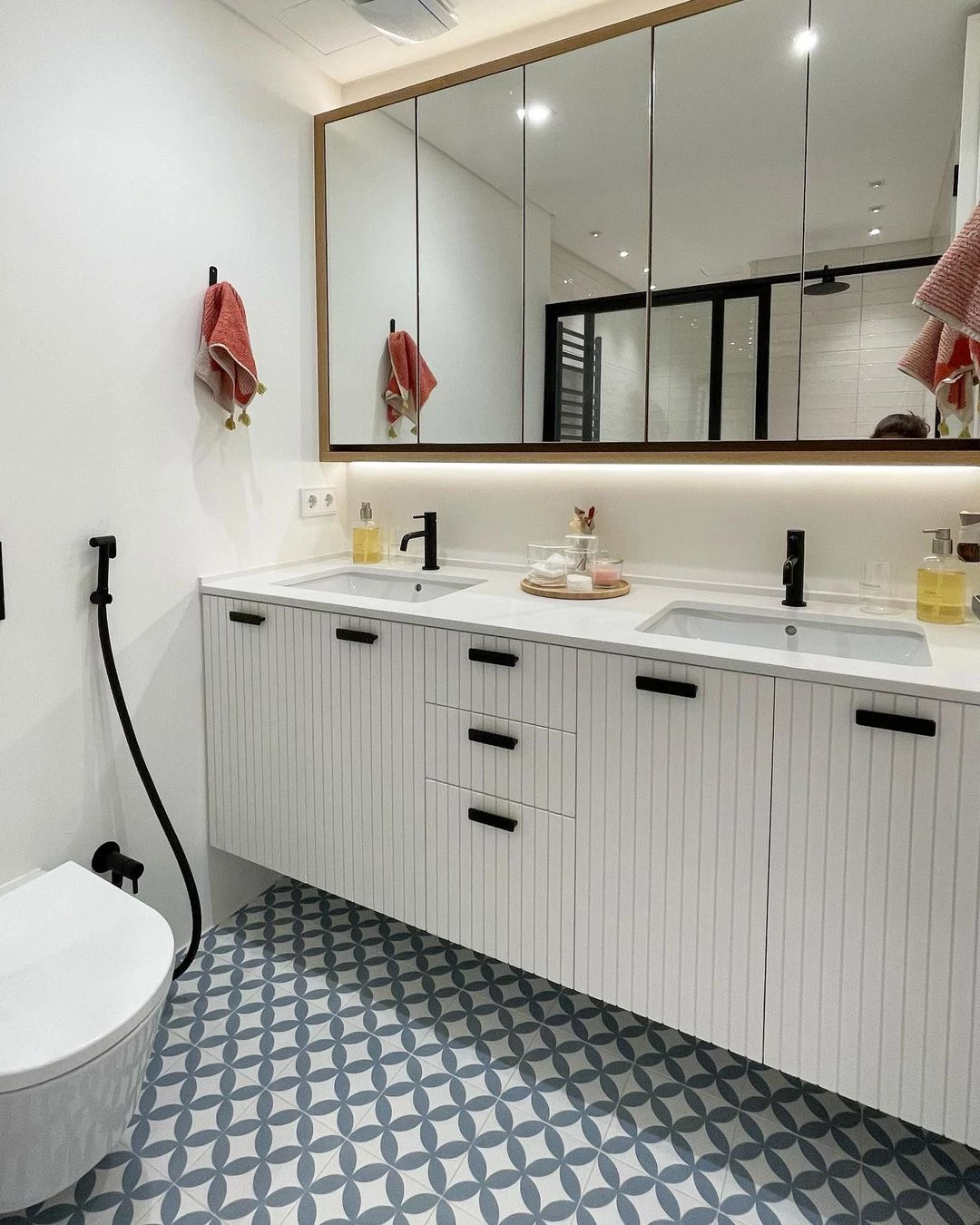
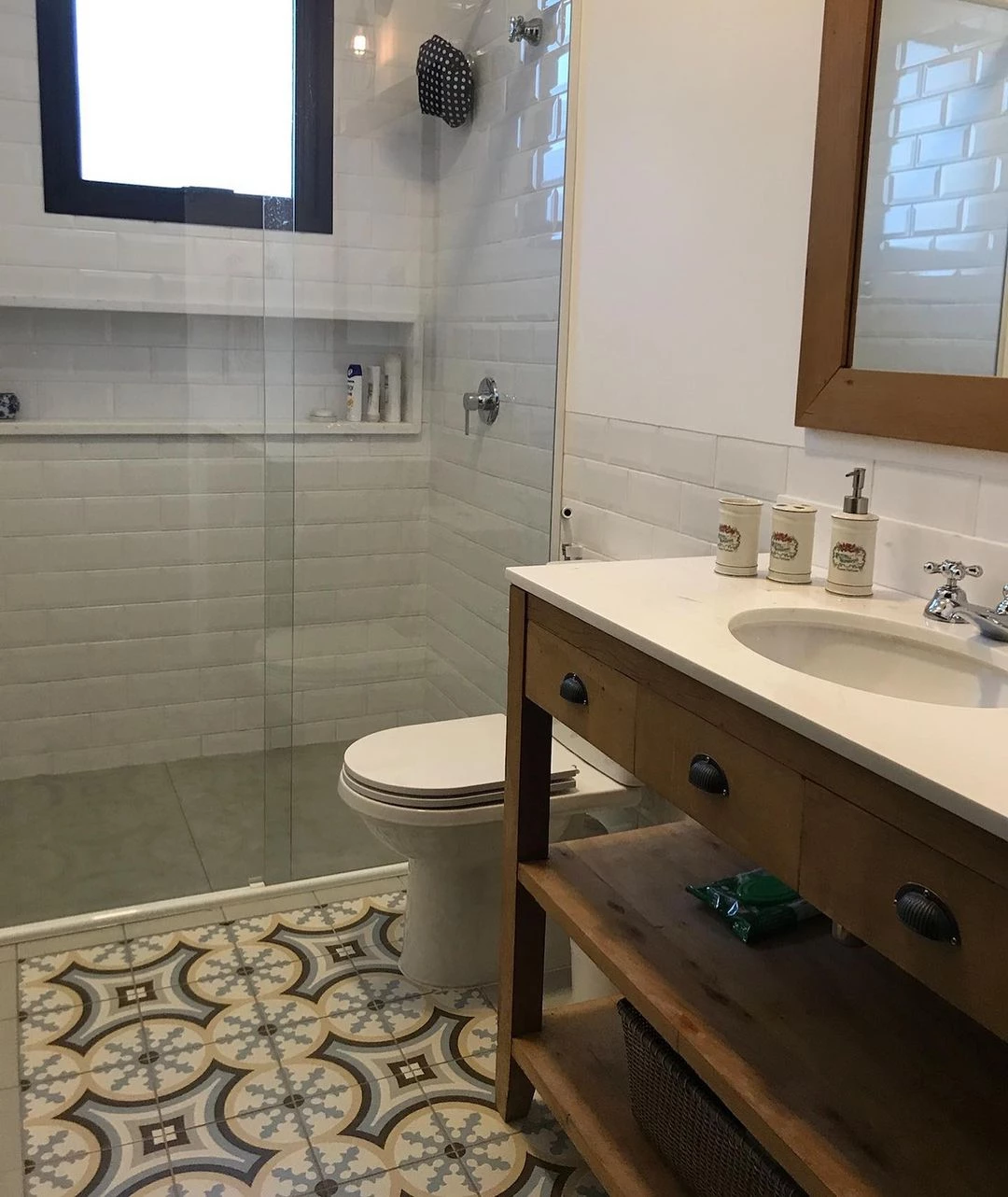
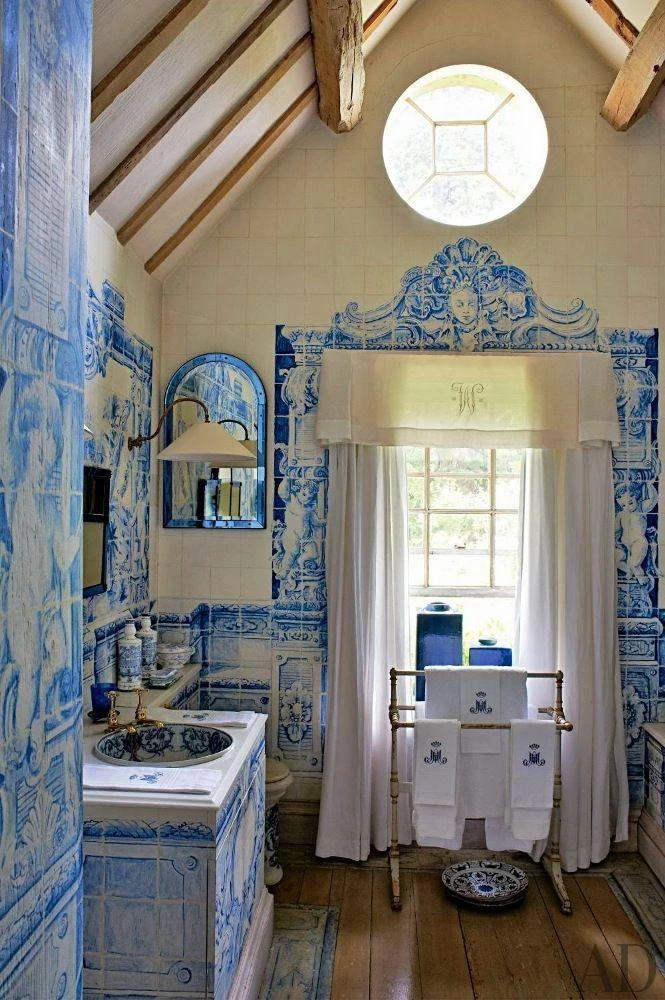
Photo: Reproduction / AD Design File
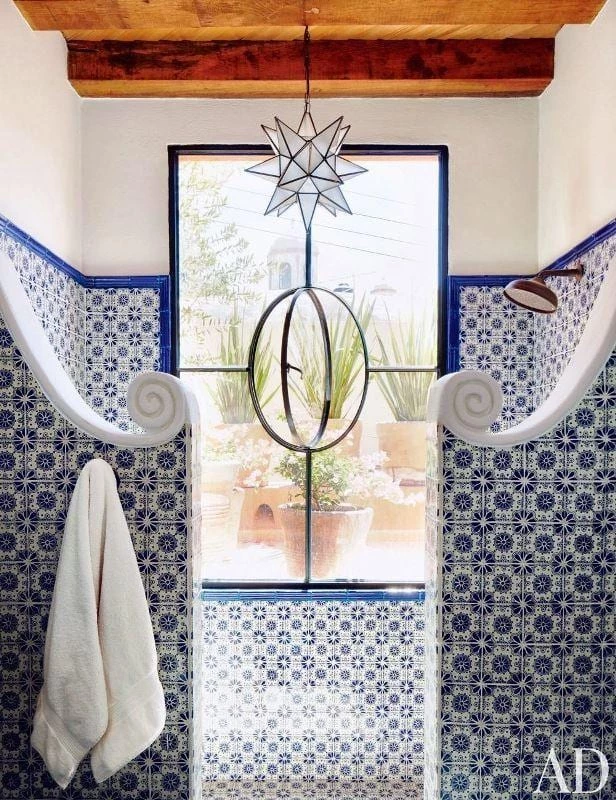
Photo: Reproduction / Mix and Chic
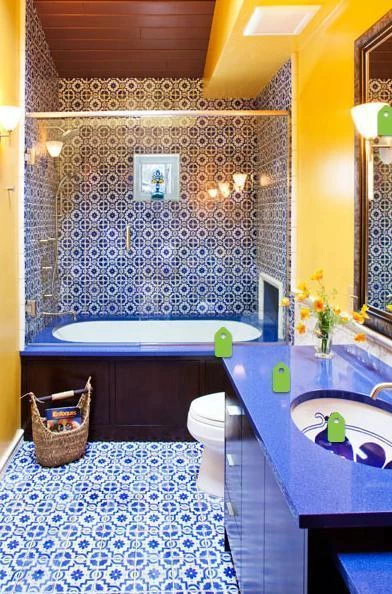
Photo: Reproduction / Susan Brown

Photo: Reproduction / Inrichting
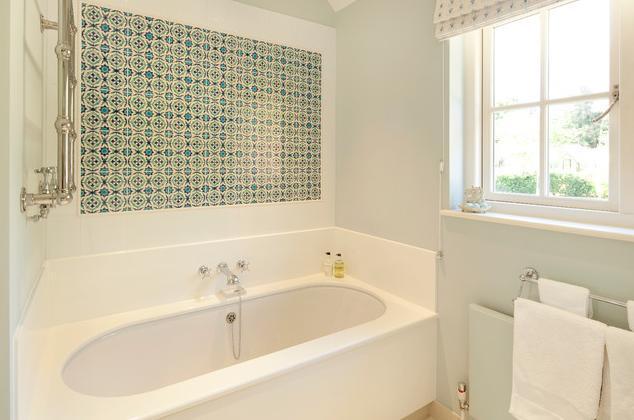
Photo: Reproduction / Hill Mitchell Berry Architects
External Areas
Portuguese glazed tile is not only for internal spaces, but it can also be widely used for decorating exteriors: "Portuguese glazed tile and hydraulic tile are often used in barbecue areas, giving them a more rustic look and a touch of delicacy at the same time. They often appear covering the barbecue grill, the wall, the floor and even the table. In gardens, they also come in a variety of shapes and sizes.appearing a lot, because it gives a charm and an extra color to the green areas", he complements.
You must have already passed through cities with a strong Azorean influence during some tourist trip. There are several examples in colonial cities along the Brazilian coast with facades of houses, churches and even monasteries stamped by the typical white and blue Portuguese tiles.


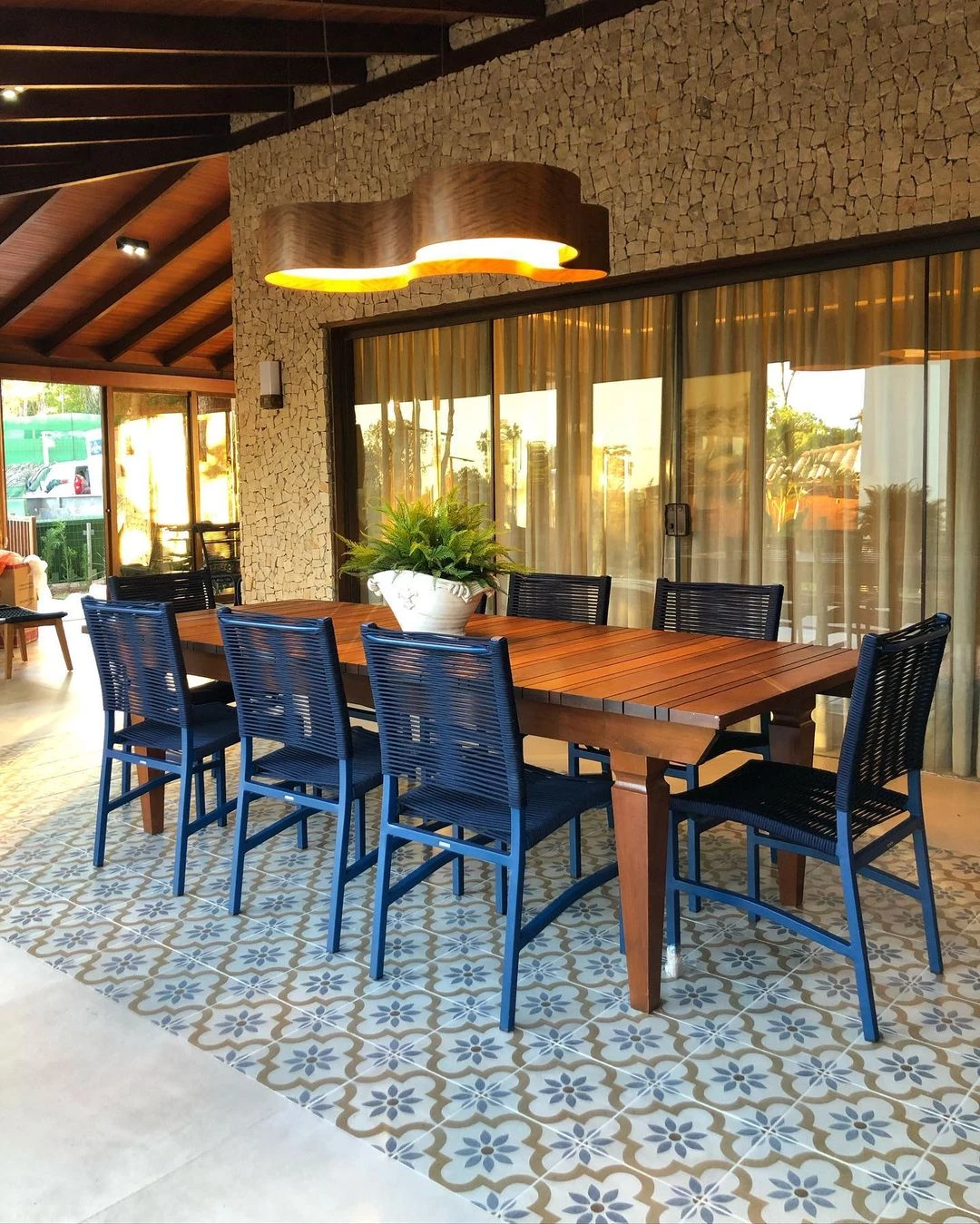
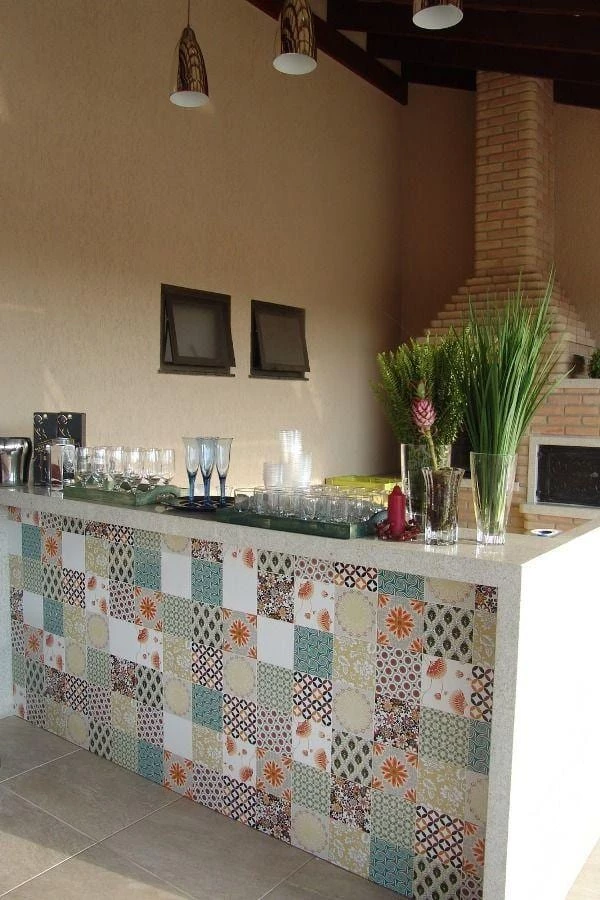
Photo: Reproduction / Teia Design
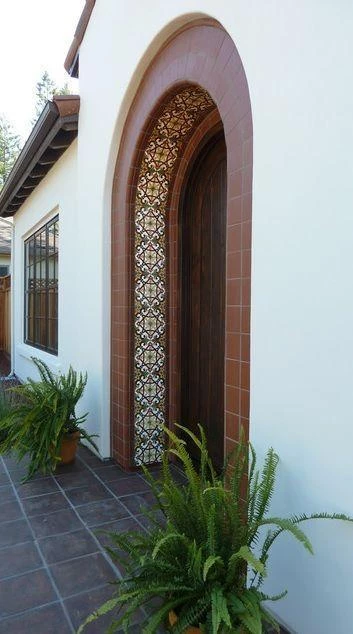
Photo: Reproduction / Jefferey Court

Photo: Reproduction / Lovely Home Designs
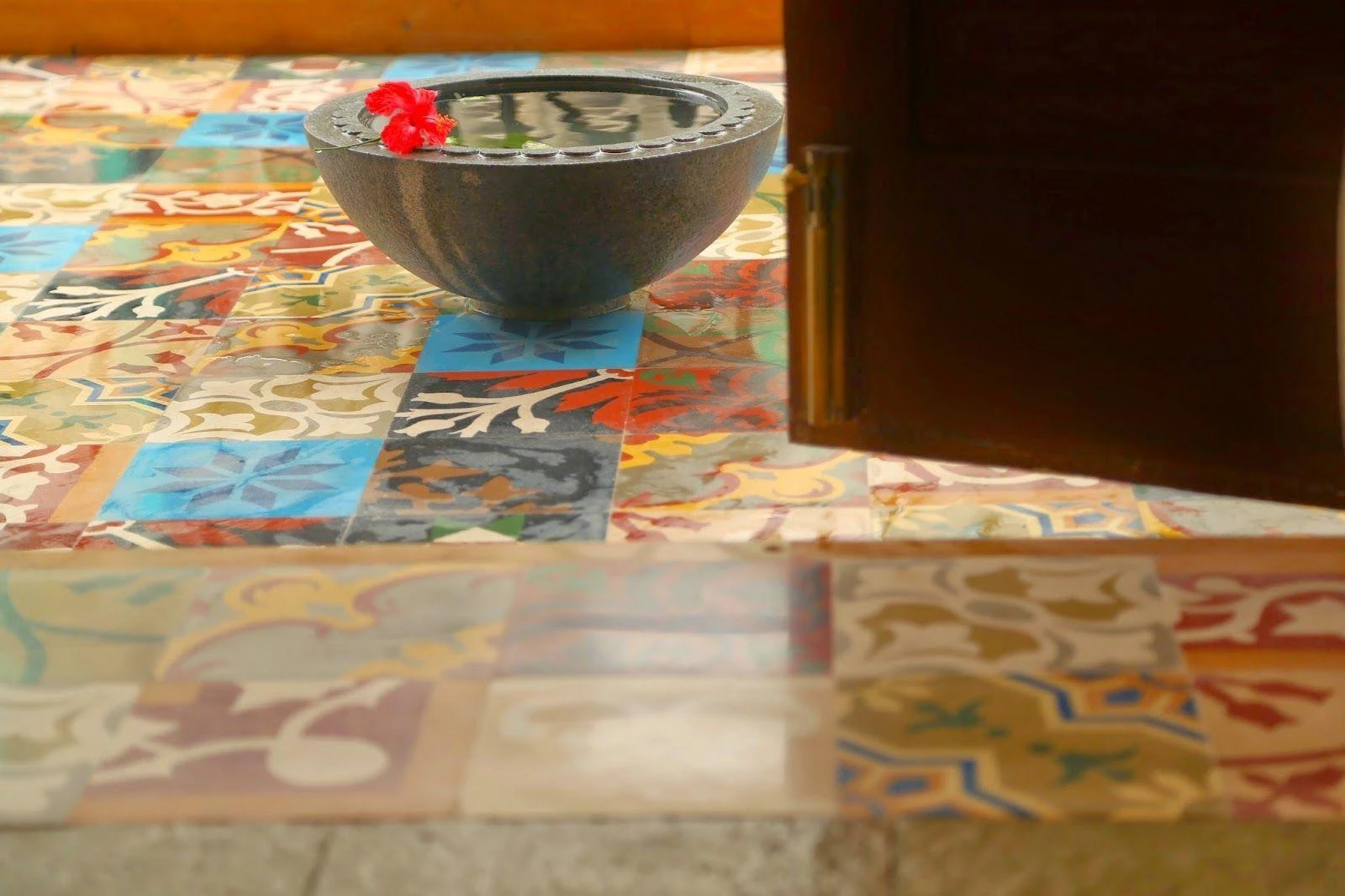
Photo: Reproduction / The Keybunch
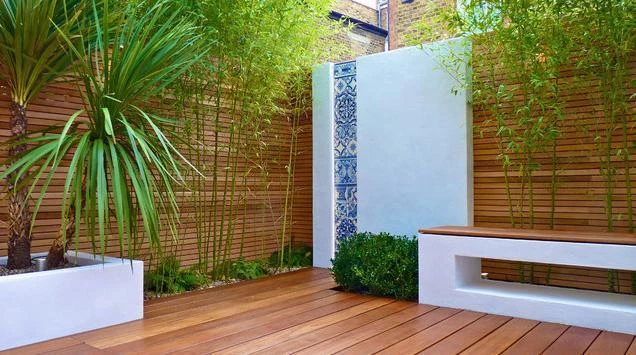
Photo: Reproduction / City Scapers
Other ways to use Portuguese tile
The striking and unique style of the Portuguese tile is capable of transforming any environment into a cozy space to spend time, gather family, or receive friends. And this Lusitanian characteristic doesn't need to be limited to ceramic tile. It can be extended to various objects, giving freedom to your imagination: from furniture and upholstery to china, vases, pictures, wallpaper,bedding, towels, and pillows.
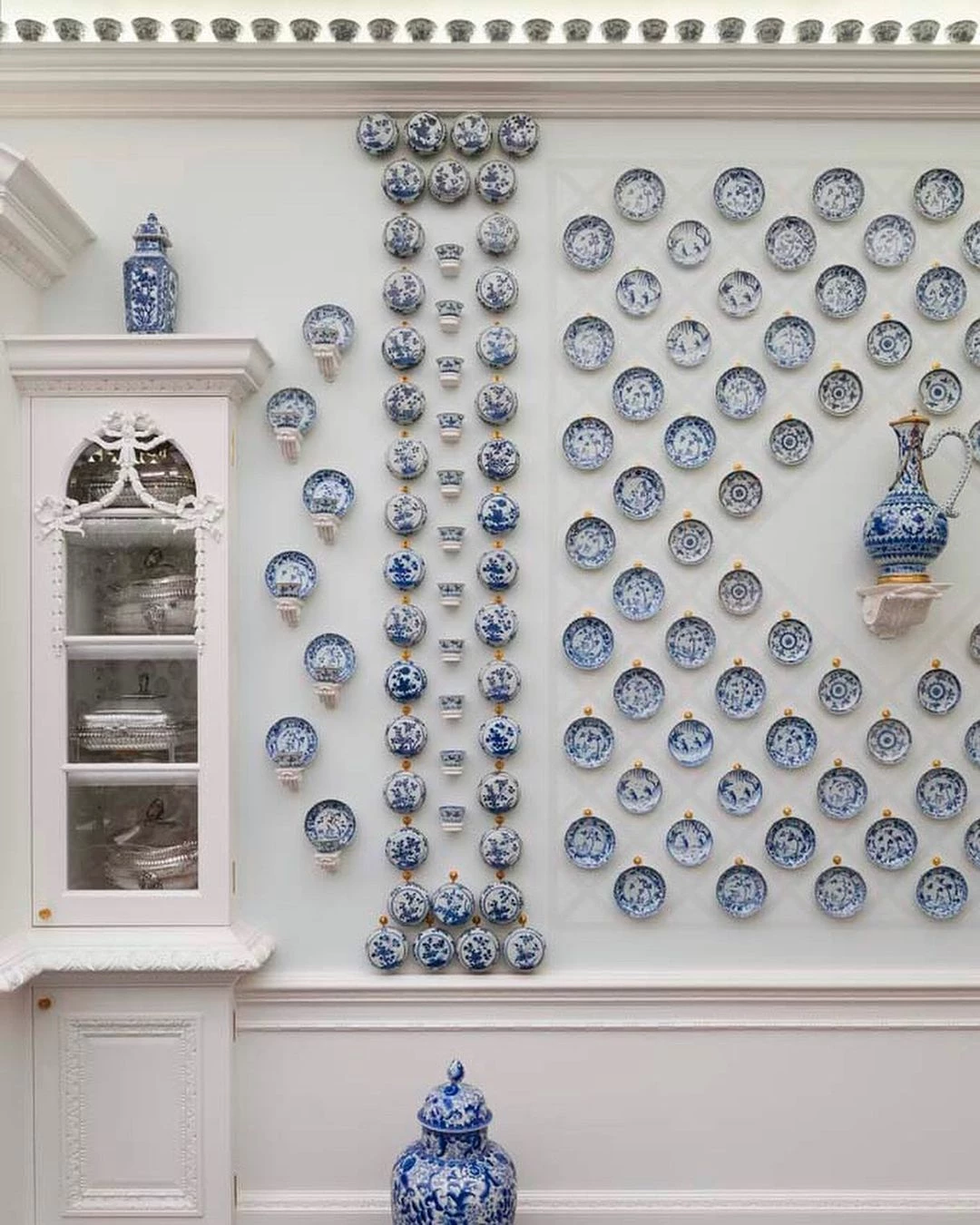
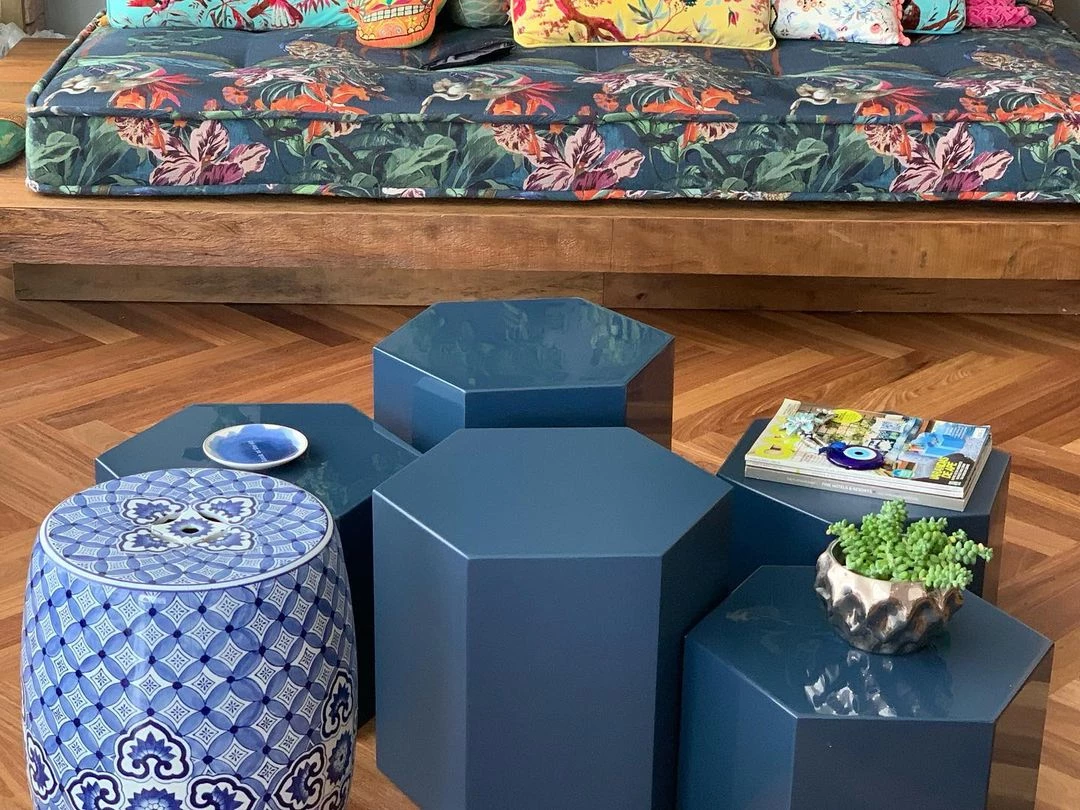
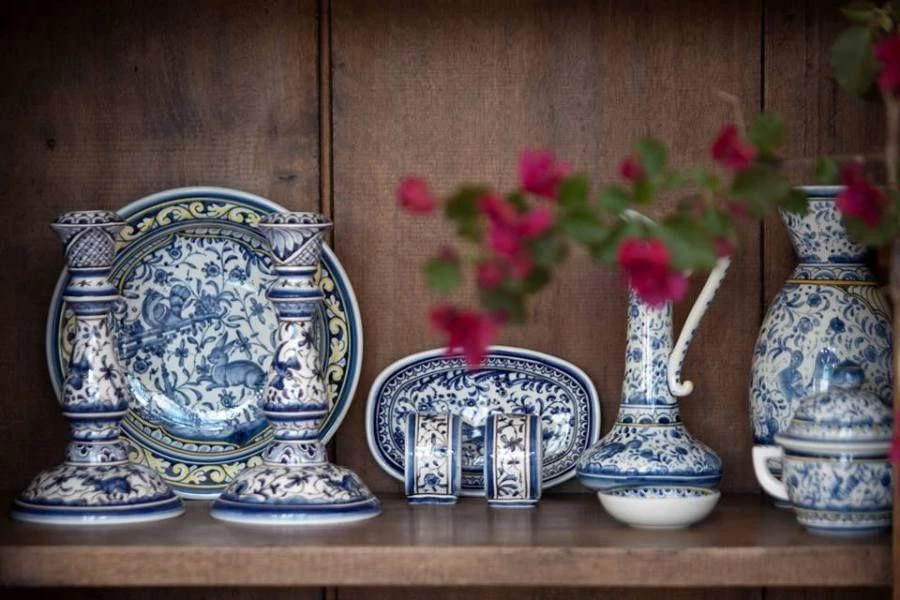
Photo: Reproduction / Things from There
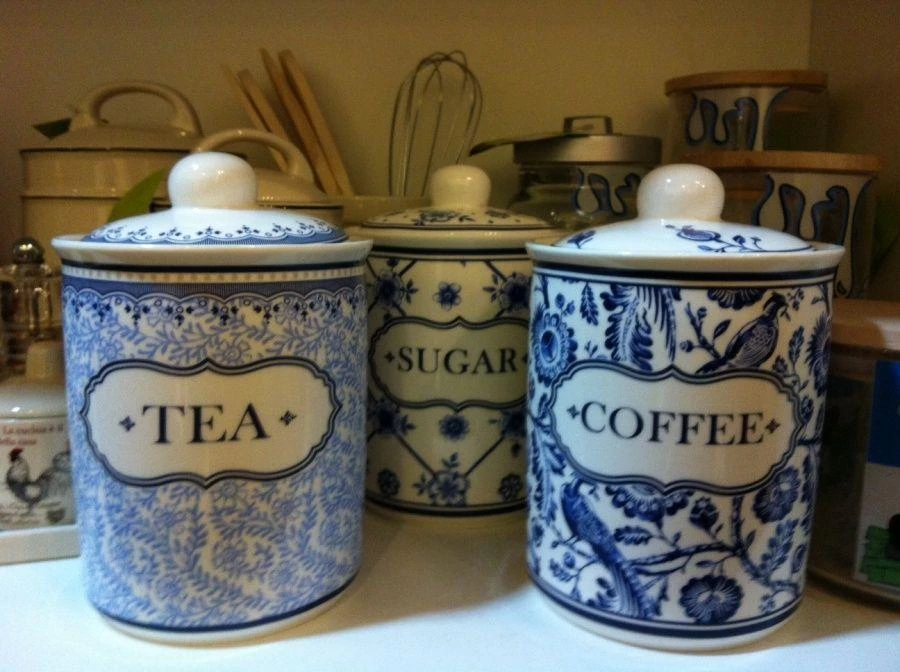
Photo: Reproduction / Viva Moda
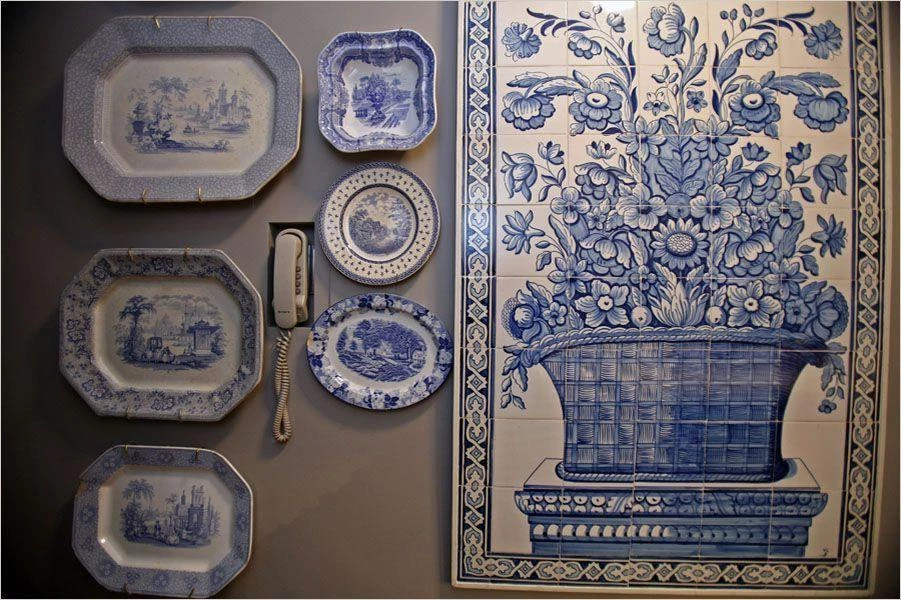
Photo: Reproduction / Chic by Chic

Photo: Reproduction / Ateliê Caldas Pina

Photo: Reproduction / Home Stories

Photo: Reproduction / Atlier Revestimentos

Photo: Reproduction / Atlier Revestimentos

Photo: Reproduction / Magic Details

Photo: Reproduction / Fuxicando Ideias

Photo: Reproduction / Blog Casa Bonita Transforma Mais
How to use Portuguese tile in decoration
Are you full of ideas, but still lack the information to put them into practice? Here are tips to combine the coating in the decoration, or even opt for a simpler solution: the tile adhesive!
Matching the colors of the environment with the Portuguese tile
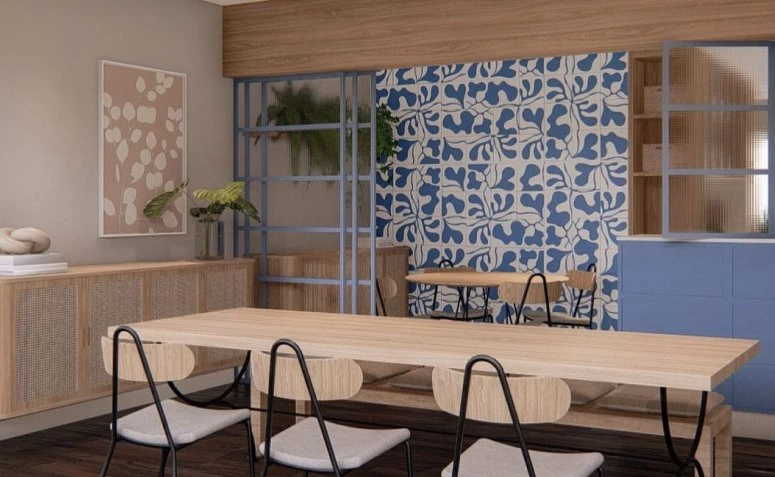
For having colors and drawings, the Portuguese tile can leave doubts at the time of combining an object or a wall of the house. What is the ideal color palette to use in the decoration? There is a simple rule that applies to many things. Before going to the practice, plan well where the tile will be used, having in mind that the compositions should not be loaded and should value the harmony. The architect CarlaGarbin gives the tip for all styles, whether a more neutral or colorful look.
Blue and white combine with variations of blue, lighter or darker shades of blue, bic blue, royal, aqua or turquoise. All shades enrich the composition, besides the harmony with neutral colors.There are models in pastel, gray, and black and white tones. These colors are easier to get right, because they go well with other colors and leave the colorful details of the environment".
Now, if the idea is to give a touch of personality and a pinch of charm, it is worth inserting stronger and contrasting colors such as pink, green, orange or yellow in points of the decoration.some of the colors of the tile also in some details, so it becomes the highlight and the combination is more harmonious.
Portuguese tile adhesive: practicality and functionality
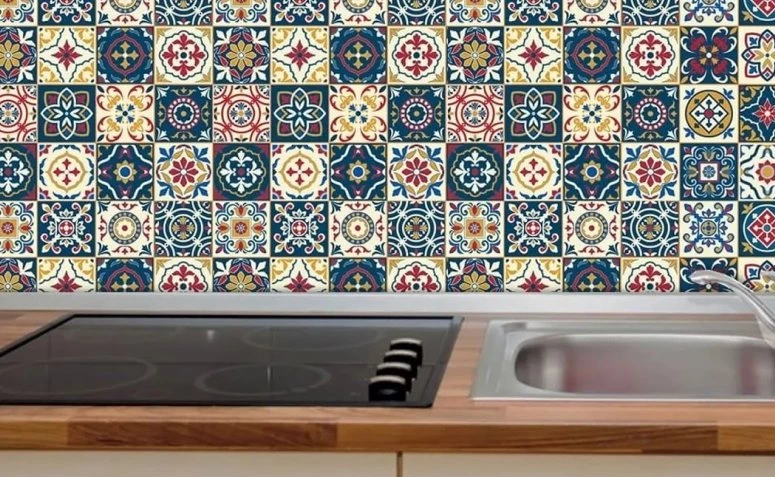
If the idea is to opt for something more practical, fast and cheap, the decorative adhesives are a good investment to give the environment a more sophisticated look and to personalize each room according to your style.the main advantages:
- Easy application;
- Variety of models;
- Small, large and custom-made stickers;
- Possibility to create differentiated spaces;
- It can be changed at any time;
- It doesn't make a mess;
- Low cost.
Decorative adhesives can be applied easily by anyone. Choose a smooth surface -walls, glass, wood, metal, floor, etc.- for the right finish. Before applying them, clean the surface and remove any residue or protrusion, so that the adhesion is perfect.
The architect lists, however, some precautions that must be taken: "Unlike Portuguese tile, the adhesive can't be too close to the heat, because it can be damaged. Most are made of flammable material. Cleaning the adhesive area can't be too heavy, since this can compromise the pattern. Another disadvantage is that the durability of this material is much less than that of the coating.In time, he may begin to loosen up."
Where to Buy Portuguese Tile Stamped Items
Although old in origin and tradition, Portuguese tile can be found in some specialized stores. There are traditional models, in the colors blue and white, and variations of shades of blue with yellow, red, and orange, as well as more colorful pieces. Check out some online stores that sell the coating or products with the pattern:
- Porcelanato Lisboa, at Telhanorte;
- Portuguese tile sticker, at CC
- Portuguese tile sticker and wallpaper, at AliExpress;
- Decoration items with Portuguese tile print, at Camicado;
Portuguese tiles can be found in both online and physical stores. There are colonial and colored tiles, including those with letters and numbers - from elaborate pieces with a combination of contrasting colors to models that follow tradition to the letter, in white and blue.
Ceramics that simulate Portuguese tile
Besides the Portuguese tile itself, there are ceramic tiles with mosaics inspired by the Lusitanian style. Inspirations based on blue and white can be found in the lines of major brands. Here are some of them:
1. blue

With the Azuis line, Portobello has reinterpreted the classic composition between the colors blue and white of Portuguese tiles. It is a modern version of handmade tiles, maintaining the traditional coloring of the piece.
2. patchwork blue
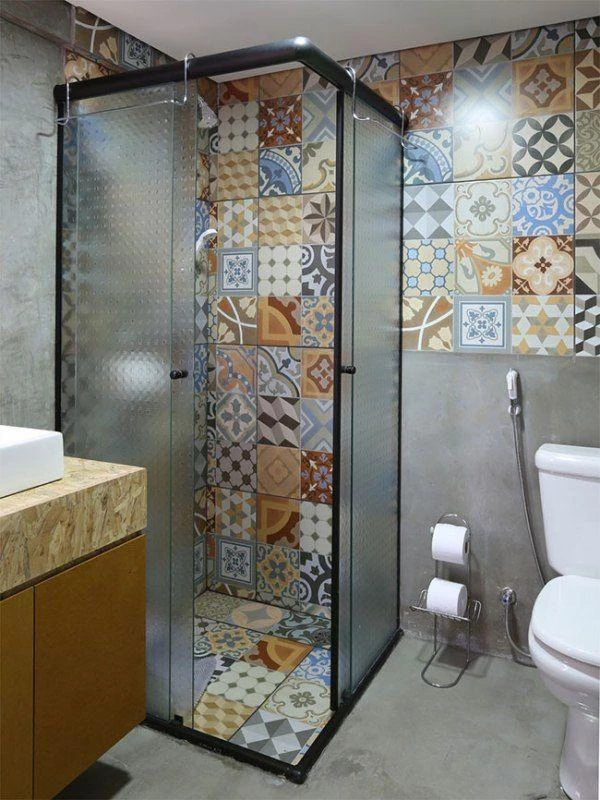
The Eliane Group has the Patchwork Blue line, with neutral background colors and a variety of patterns composed of graphics, geometric shapes, and floral designs, keeping that charming retro style.
3. Lisbon Collection

In search of references from the past, Cerâmica Portinari even named the collection after cities in Portugal, inspired by the traditional Lusitanian white and blue, blending striking and neutral tones.
The imagination is the limit to the decoration ideas that can be found when surfing the internet or even visiting specialized stores.


